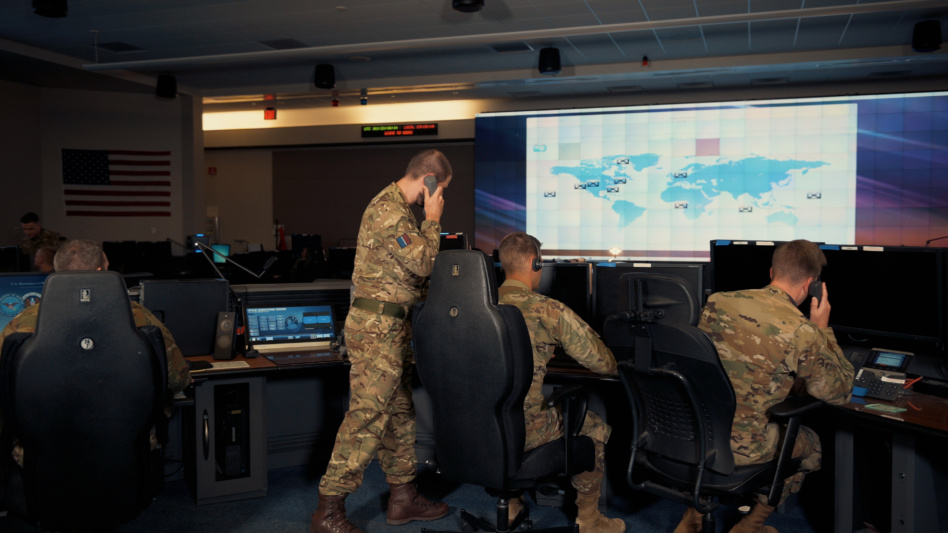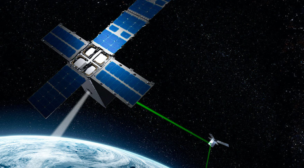The 2025 Satellite Conference & Exhibition happening next week in DC is adding a new track focused on government and military space capabilities in an effort to broaden the show beyond its satcom roots.
The GovMilSpace track will include panels with industry representatives on a number of national security topics, including improving resilience in orbit, driving competition in military launch capabilities, and addressing threats in space. Most of the speakers in the track hail from industry, but participants can also hear from officials from the Space Force, NGA, and DARPA.
“While traditionally focused on communications satellites, this year’s Satellite Conference will have an expanded emphasis on other space capabilities like launch, remote sensing, supply chain, artificial intelligence, and international partnerships,” Steven Jordan Tomaszewski, AIA’s VP of space systems, told Payload.
A brief history: It’s a much needed change, according to some in the industry. As traditional satellite communications firms make up a smaller percentage of the booming commercial space industry, the show has struggled to adapt and have wider appeal—or attract new satcom giants such as SpaceX’s Starlink and Amazon’s Kuiper that are poised to dominate the market.
“It’s a former generation of the commercial space industry getting together,” said one space industry exec on background speaking about last year’s show. “Starlink and Kuiper weren’t there [on the exhibit floor].”
What to watch: Tomaszewski highlighted a few industry trends that he’ll be watching for at the show, including:
- Size: While satellites have on average gotten smaller and smaller in recent years, Tomaszewski predicted more, cheaper launch opportunities could flip that on its head, with companies instead pursuing larger sats with more capability.
- Propulsion: He also is watching for companies to use larger, higher-thrust propulsion systems to meet the maneuvering requirements, especially for national security customers.
- Ground: There’s a lot of attention paid to improving capabilities in orbit—but Tomaszewski cautioned that taking advantage of that new tech requires investments and advancements on the ground.




